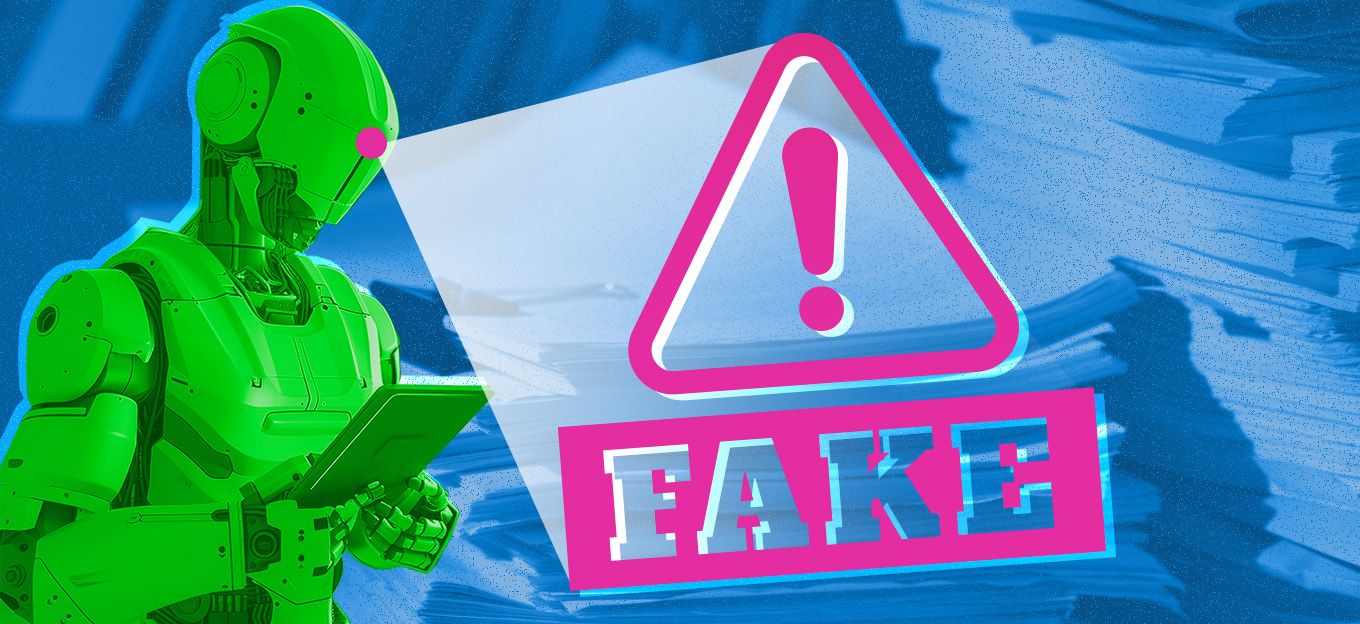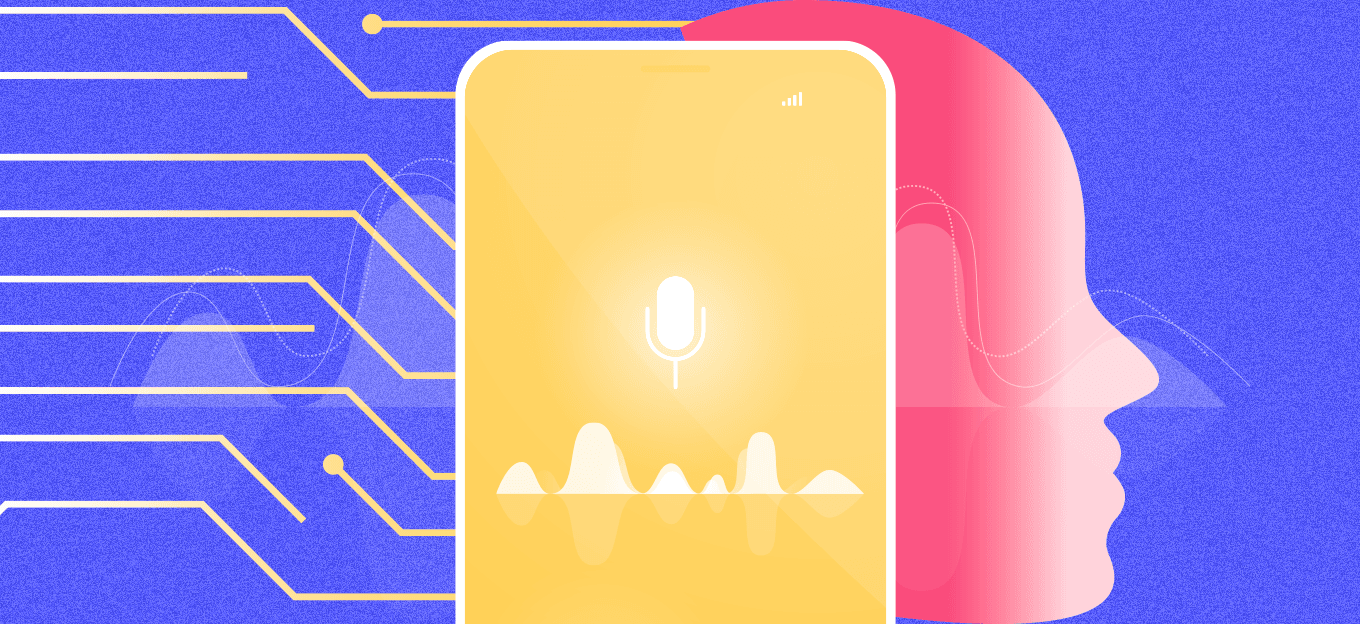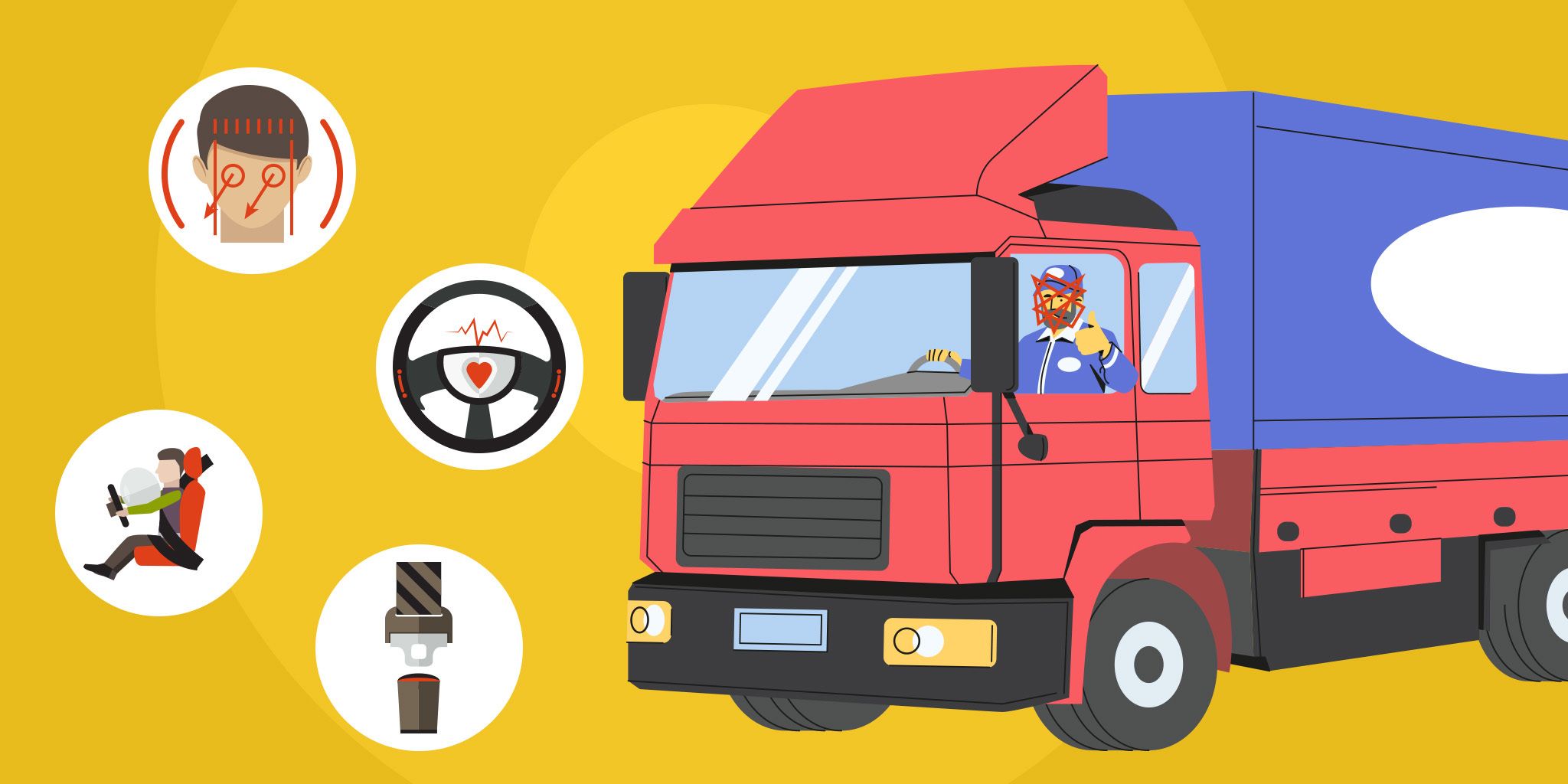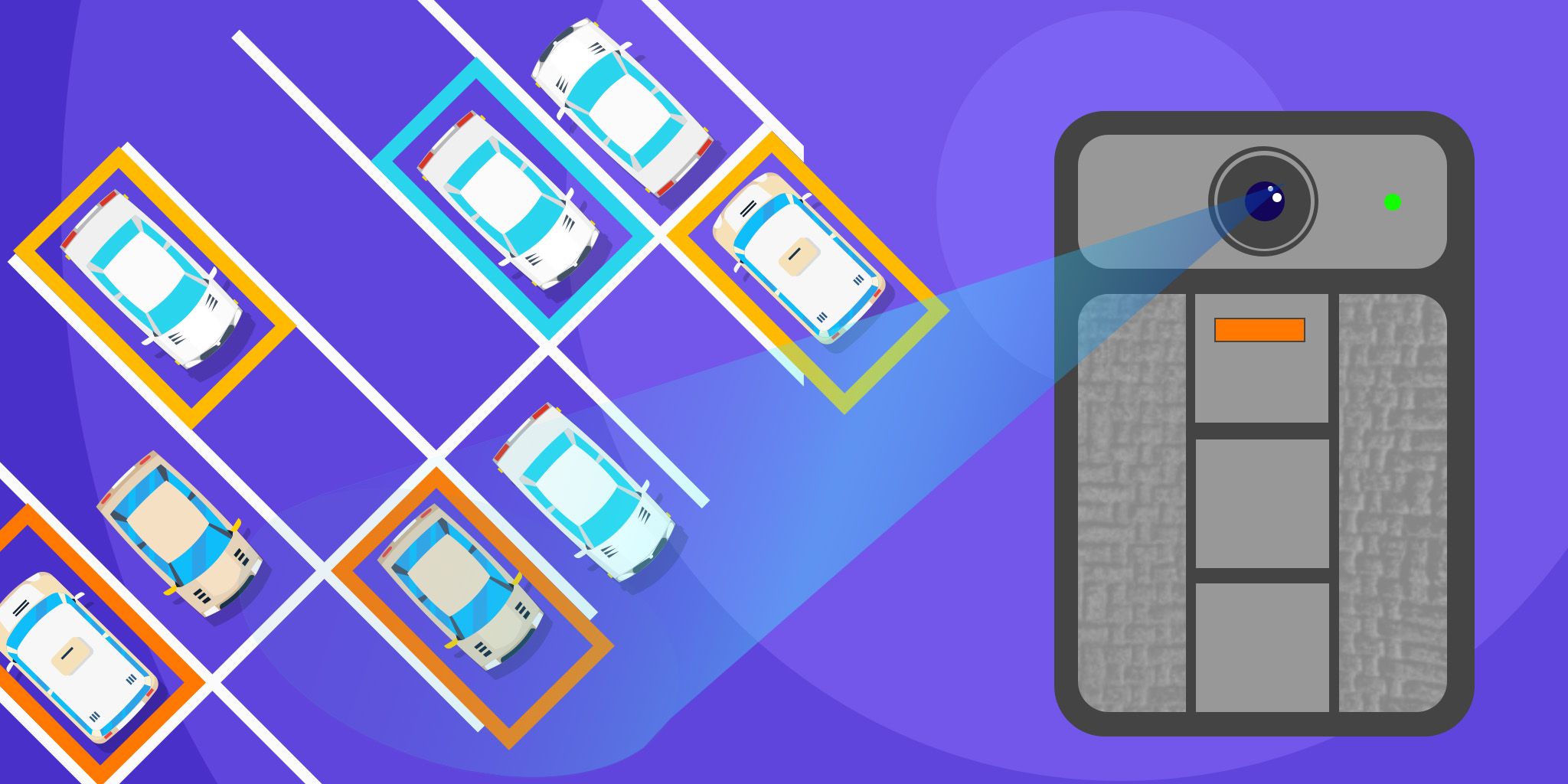Beating the AI Confidence Crisis: What HR Pros Need to Know
Beating the AI Confidence Crisis: What HR Pros Need to Know
- Last Updated: July 7, 2025
Gershon Goren
- Last Updated: July 7, 2025



As AI reshapes the future of work, many HR professionals are still weighing its role in their organizations. According to a recent Mercer survey, 30 percent of HR leaders have not yet adopted AI solutions.
For many, the hesitation stems from difficulty translating AI capabilities into practical, people-centered outcomes and uncertainty about whether the technology can truly support strategic HR goals.
Of those that have implemented AI, more than half (56 percent) of HR teams admit they’re not confident in their tech-optimization efforts, and only 4 percent say their tech stacks are optimized for the best results. This has unearthed a troubling trend in HR: those who aren’t skipping out on AI aren’t seeing real value from their efforts. Fortune has dubbed this an "AI confidence crisis." And, likely, HR isn’t the only industry feeling the pain.
This admission isn't entirely surprising. HR still lacks its "killer app" moment—the breakthrough AI solution that opens the floodgates for broader adoption, much like Lotus 1-2-3 did for PCs. Without this defining moment, many HR professionals find themselves caught between the fear of missing out and the reality of underwhelming implementations.
However, the risk of inaction may be greater than the risk of imperfect execution. While the competitive threat varies—larger digital enterprises face more immediate pressure than smaller businesses, for example—the fundamental danger remains. Those who fail to adopt AI will be outpaced by competitors or become obsolete.
Strategies for AI Adoption
For HR professionals grappling with this confidence crisis, there’s good news: you don’t need to reinvent the wheel to evaluate AI tools. It can be simpler than most organizations make it out to be. What it comes down to is keeping the business need and your organizational goals top of mind. Here are four strategic approaches to do this:
Think Challenges > Technology: The most common mistake in AI adoption is starting with the technology rather than the problem you’re trying to solve. Instead of specifically seeking AI solutions, identify specific challenges within your HR operations—whether it's improving candidate screening, reducing time-to-hire, or enhancing employee engagement. If the best solution happens to be AI-powered, that's great. But AI alone should never be the goal itself. Solving real business problems should be.
Expect Imperfection: Most AI solutions are non-deterministic, meaning they can produce incorrect or inconsistent results. This often stops organizations from seeing the value, but it shouldn't. Humans also make mistakes, and the comparison should be between AI performance and human performance, not between AI and perfection. If an AI resume screening tool is 90 percent accurate compared to a human recruiter's 75 percent accuracy, that represents a meaningful improvement, even if it's not flawless.
Humanize It: When contemplating AI replacements for human tasks, ask a crucial question: What uniquely human elements might be lost? HR work often involves empathy, cultural understanding, and nuanced judgment—qualities that remain difficult for AI to replicate. If you're automating processes that traditionally involve these human touches, ensure you're prepared for what might be sacrificed. Have strategies to preserve critical human connections where they matter most.
Vet Your Vendors: Reject black-box AI solutions. Reputable vendors should readily explain their training data sources, model usage, and bias prevention measures. This transparency isn't just about understanding the technology—it's about ensuring compliance, managing risk, and making informed decisions about implementation. If a vendor can't or won't provide these details, consider it a red flag.
An example of real AI applications driving value to HR: Consider resume screening. Typically, the first step in any recruiting process, this has traditionally been a time-consuming task for junior staff.
AI-powered screening tools can now handle this function more accurately than humans, with less bias and fewer errors. By eliminating tedious screening tasks, recruiters can focus their energy on what AI can’t: building relationships and applying uniquely human judgment to complex hiring decisions.
While some apprehension about AI replacing job functions may feed into the bigger (albeit overblown) fear that AI will soon take our jobs, there are very few industries where this is imminent.
The purpose of AI (for now) is to streamline operations and take the drudgery out of mundane but necessary job tasks. Will it change the job role? Sure—and if we’re doing it right, for the better. And that starts with smart AI implementations.
The path to building confidence in AI isn’t about rushing to adopt every new tool or the contrary, rejecting it outright. Success lies somewhere between a deliberate, strategic approach and not biting off more than you can chew.
In the long run, the organizations that benefit the most won’t be those that move the fastest, but those that approach AI implementation with purpose, clarity, and a focus on delivering real value to their people and operations.
The Most Comprehensive IoT Newsletter for Enterprises
Showcasing the highest-quality content, resources, news, and insights from the world of the Internet of Things. Subscribe to remain informed and up-to-date.
New Podcast Episode

Moving Past the Pilot Phase in IoT and AI
Related Articles





